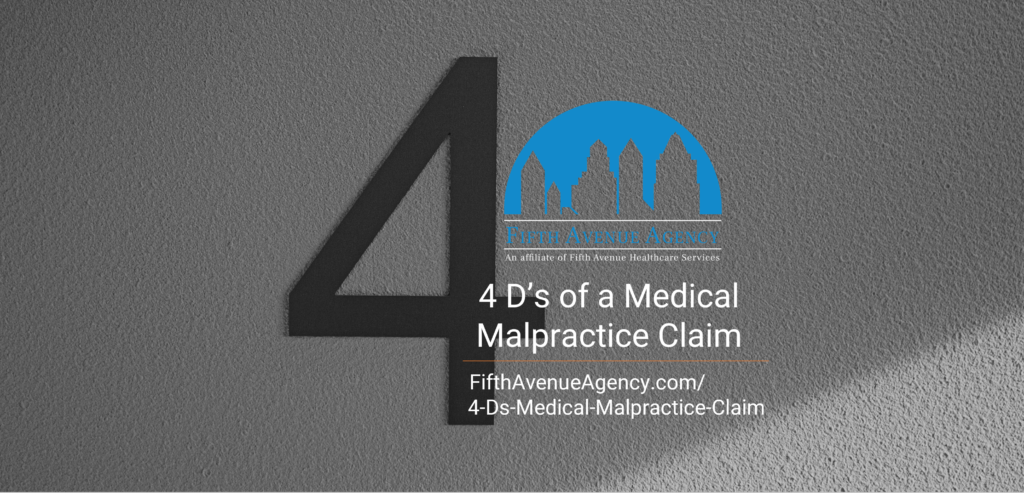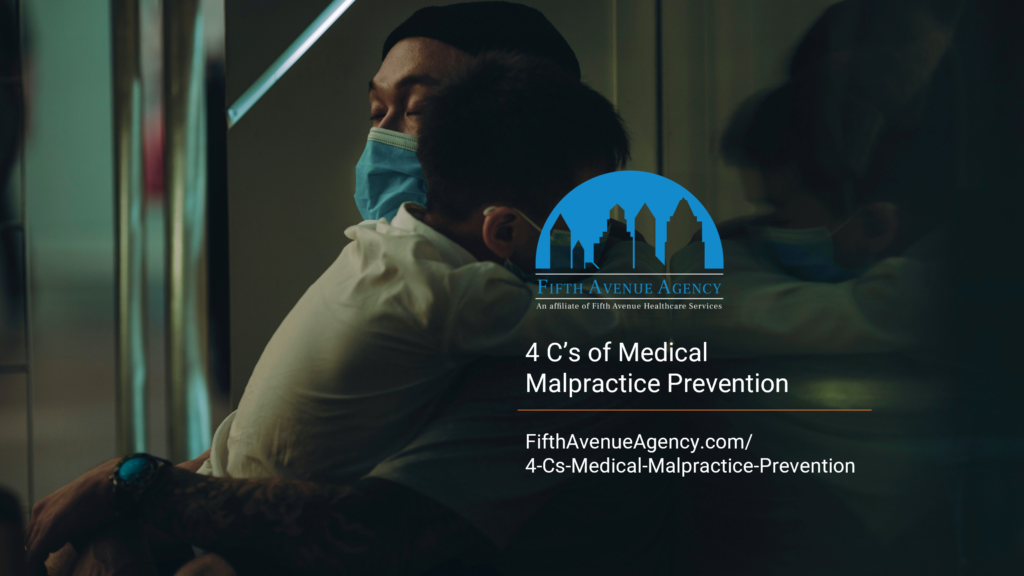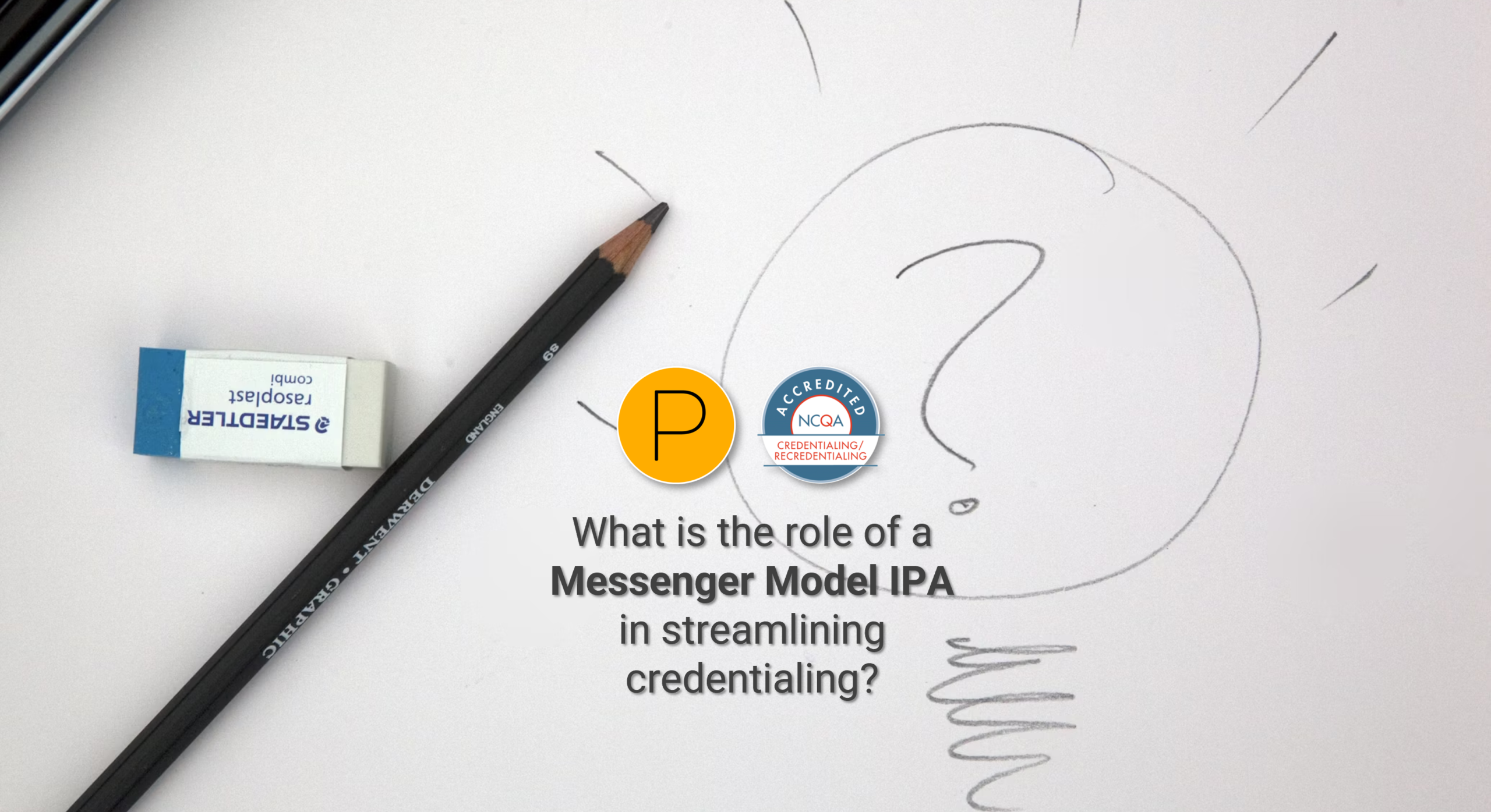Iowa’s largest medical malpractice verdict was recently rendered for $97.4 million. The Kromphardt family filed suit after their child was born with brain damage due to negligence and will require constant care for the rest of his life.
According to the lawsuit, a cesarean section was required, but the physician continued with a vaginal birth. The child’s brain could not receive oxygen. He additionally suffered a skull fracture when the physician allegedly disregarded protocol when she used a vacuum extractor when forceps failed to remove the baby. The $97.4 million verdict will be divided between the doctor’s office and Mercy Iowa City, a CMS 5-Star Rated Hospital. $42 million is to go toward the boy’s future medical care. The incident happened three years ago, within Iowa’s statute of limitations for medical malpractice.
The Iowa verdict is less than half of what is believed to be the largest medical malpractice verdict in United States history, a $205 Million dollar verdict.
What Is The Largest Verdict In United States History?
In July 2019, a Baltimore, Maryland jury awarded Erica Byrom $229 million after her daughter suffered a brain injury during birth at Johns Hopkins Bayview Medical Center. The state cap lowered the total to $205 million.
Physicians at the hospital allegedly gave Byrom incorrect information about her unborn daughter, telling her the baby was non-viable and could be terminated. Byrom declined a cesarean section. Physicians did not monitor the fetus, which did not get enough oxygen to the brain. Like the Kromphardt child, Byrom’s daughter needs constant care 24 hours a day, seven days a week, for the rest of her life.
What can be done to help better prepare providers and prevent and protect a provider from medical malpractice incidents and lawsuits? Let us review some of the common causes of medical malpractice lawsuits and how medical malpractice incidents must be proven valid. Lastly, let us discuss what can be done to help prevent medical malpractice and protect a provider from medical malpractice lawsuits.
What Are Five Common Causes of Medical Malpractice Lawsuits?

- Diagnostic Error: A diagnostic error is a failure to promptly and accurately communicate to a patient, including expectant mothers, their condition and possible treatments. In 2021, the failure to diagnose was the top reason for medical malpractice lawsuits. Approximately 12 million Americans suffer from diagnostic errors annually. Misdiagnoses will probably happen to everyone sometime in their lives. Diagnostic errors have traditionally been the primary reason for medical malpractice lawsuits. One study found that 35+% of payments stemmed from such errors. Misdiagnoses can happen for many reasons. Patients might not divulge all of their symptoms. Physicians might not ask questions they should. Equipment might fail. Sometimes, physicians do not correctly diagnose the people who trust them.
- Birth Injuries: Most infants will have injuries but usually heal without treatment. Approximately 30,000 babies are born annually, with some injuries and with head injuries being the most common. 7 in every 1,000 infants will suffer a birth injury, likely because of a lack of communication between physicians and patients. 33% of birth injury malpractice cases are brought to court due to communication errors. Lawsuit payouts can range from $530,000 to $37 million or higher, as evidenced in the two verdicts above.
- Surgical Errors: These costly mistakes can include leaving foreign objects like sponges inside patients, amputating the wrong limb, and operating on the wrong patient.
- Failure to Treat: Not prescribing a course of treatment can aggravate a patient’s condition or lead to death.
- Prescription Drug Errors: These often find physicians prescribing incorrect dosages or incorrect medications.
What Are The Top 10 Reasons for Medical Malpractice Lawsuits?
A recent Medscape study listed the top 10 reasons for medical malpractice lawsuits in 2021. The list provides a general idea of what leads to injuries and damages:
-
- Failure to diagnose
- Complications from treatment or surgery
- Poor outcome
- Failure to treat or delayed treatment
- Wrongful death
- The patient suffered an abnormal injury
- Inadequate documentation of patient instruction and education
- Errors in medication administration
- Improperly obtaining or a lack of informed consent
- Failure to follow safety procedures
What Are The 4 D’s to PROVING Medical Malpractice?

- Duty: A proper physician/patient relationship must be proven before litigation can progress. It must be understood that within this relationship, the physician will provide care to patients to the best of their abilities and the standards of medicine.
- Direct Cause: The plaintiff must demonstrate that the physician’s deviation from ordinary standards of care caused the injuries. Direct causes include misdiagnosing a patient, misreading test results, and recommending unnecessary surgery.
- Dereliction: Plaintiffs must prove that the physician inflicted harm in a way that a more competent doctor would not have.
- Damages: Only damages caused by the instance of malpractice are eligible for compensation. Damages can include physical pain, mental anguish, and lost earning capacity.
What Are The 4 C’s to Preventing Medical Malpractice?

Even though physicians can make honest mistakes, they can reduce their negligence risk by following the 4 C’s of medical malpractice prevention: Compassion, Communication, Competence, and Charting.
-
- Compassion: Physicians should care for and sympathize with their patients. Compassion can create trust. Patients who feel their physicians care about them might not sue in the event of malpractice. Physicians can elicit compassion by being honest and openly communicating with their patients.
- Communication: As mentioned, miscommunication is a leading cause of malpractice and subsequent litigation. Proper communication practices include physicians listening to their patient’s concerns, explaining diagnoses, and encouraging questions.
- Competence: Physicians must know their profession and how to administer treatment properly. They must follow appropriate standards of care. They can keep their skills current with modern standards via training. They can also seek help if a situation is beyond their limitations.
- Charting: Documenting patients’ health histories and treatment plans can effectively guide healing patients. Charting reduces any guesswork and potential errors.
What Are Some Of The Other Largest Medical Malpractice Verdicts in U.S. History?
Tiffany Applewhite: $172 Million
In New York City, 12-year-old Tiffany Applewhite underwent anaphylactic shock after her home nurse gave her a steroid injection to treat an eye infection. The girl’s heart stopped. EMTs soon arrived but did have the proper equipment to treat Applewhite. The girl’s mother wanted to take her daughter to a nearby hospital. The EMTs advised her to wait for an ambulance. One arrived twenty minutes later. Delayed treatment resulted in permanent injury. Applewhite requires a feeding tube and a wheelchair. She is unable to speak.
The court awarded the Applewhites $172 million, the largest verdict of its kind in New York City.
Faith DeGrand: $135 Million
10-year-old Faith DeGrand underwent scoliosis surgery to prevent her condition from worsening. Her surgeon placed rods and screws in the girl’s spine to help straighten it. However, the surgery compressed her spinal cord and numbed her limbs. The rods and screws were removed, but the damage had already been done. She is currently partially paralyzed.
She was awarded $135 million for the severe injuries she sustained.
Billy Pierce: $43 million
Billy Pierce was misdiagnosed by a doctor on probation and then placed and left in a medically-induced coma for over a month. Another physician took over Pierce’s care and correctly diagnosed the man. Pierce then underwent surgery to remove bile duct stones. The hospital was found guilty of medical malpractice and gross negligence and ordered to pay Pierce $43 million.
The hospital’s physicians testified against the hospital, citing its failure to act when they knew misconduct occurred.
How Can Providers Protect Themselves From Medical Malpractice Lawsuits?
In 2021, 51% of physicians were named in medical malpractice lawsuits. Plastic and general surgery were the top 2 specialties named in medical malpractice lawsuits.
The top ten list of specialties listed in medical malpractice lawsuits include:
-
- Plastic Surgery
- General Surgery
- Orthopedics
- Urology
- OBGYN
- Specialized surgery
- Emergency medicine
- Otolaryngology
- Radiology
- Cardiology
If you are a physician, there is not a question if you will be sued but when. According to the New England Journal of Medicine, 99% of physicians in high-risk specialties and 75% in low-risk 99% of physicians in high-risk specialties, and 75% of physicians in low-risk specialties, will face a medical malpractice lawsuit by age 65. How can you protect yourself from costly litigation?
While litigation feels inevitable, there are ways to mitigate potential future costs. You can practice the 4 C’s of medical malpractice prevention and own medical malpractice and medical professional liability insurance. Malpractice insurance protects physicians from liability for events that injure or kill patients. It usually covers attorney fees, court costs, settlements, and damages.
In choosing what medical malpractice carrier to work with, there are five key areas you should research before deciding on a particular carrier, including:
- The percentage of the carrier’s claims that are closed without payment: A 2000 to 2004 study of 7 states (Florida, Illinois, Maine, Massachusetts, Missouri, Nevada, and Texas) concluded that most medical malpractice claims were closed without payment. How often a carrier can shut down claims can prove their tenacity and ability, demonstrating how well they protect their customers.
- The carrier’s trial wins percentage: Sometimes, claims are deemed legitimate and go to court. How many trials they win shows how effective they are at their job. Some statistics show that the average carrier will not go down without a fight. The average carrier will win 50% of the trials where compelling evidence of medical negligence exists. They win up to 90% of the time where evidence is weak.
- The carrier’s A.M. Best rating: Founded in 1899, The A.M. Best Company is the world’s first credit rating agency. They remain one of the most trusted industry analysts with carrier ratings. The organization evaluates 16,000+ insurance companies across the globe. An insurance carrier’s A.M. Best rating estimates its ability to pay its debts. An A- rating usually means the carrier can effortlessly cover its expenses. This shows how financially solid the carrier is. Sometimes lawsuits do not end how carriers would like, and damages must be paid. A strong carrier can weather any storm.
- The cost of medical malpractice insurance: Medical malpractice insurance costs depend on specialty, the state where the physician practices, and the amount of coverage they need. Physicians in higher-risk specialties can expect to pay more than family practice providers. Location can raise rates. New York, Rhode Island, Pennsylvania, and New Jersey contain some of the nation’s priciest medical malpractice insurance costs. The average cost of medical malpractice insurance is $7,500 per year.
- The medical malpractice policy limit: The policy limit on a medical malpractice insurance policy is the coverage amount for a given policy period. It is typically shown as “per claim” and “aggregate.” For instance, it can be displayed as $1,000,000 per claim/$3,000,000 aggregate or as $1,000,000/$3,000,000. The per-claim amount is what the carrier will pay for each claim. The aggregate amount is what the carrier will pay during the policy period. If a claim is brought against the insured with an indemnity payment of $1,000,000 to the plaintiff, then the carrier will pay $1,000,000 for the claim. The aggregate amount will be reduced by $1,000,000, meaning there is $2,000,000 left over in the term for future claims.
Protect Yourself
Could you withstand a $205 million medical malpractice judgment? Could you withstand a judgment of any value? Is your medical malpractice policy limit correctly set to protect you? Inadequate coverage can expose you to financial ruin. You can find yourself more vulnerable to claims, whether they are legitimate or not. Doing all you can to protect yourself includes owning proper insurance and providing the most comprehensive care possible.
More information about Fifth Avenue Agency
Fifth Avenue Agency specializes in MPLI and medical malpractice insurance, serving 1000s of providers nationwide. Fifth Avenue Agency is part of the Fifth Avenue Healthcare Services family. Sister companies include 5ACVO (credentialing and primary source verification specialists) and Primoris Credentialing Network (credentialing and provider enrollment specialists with 54+ health plan and network provider enrollment options).
This article was initially published by Fifth Avenue Agency here. For information on Fifth Avenue Agency, please visit FifthAvenueAgency.com or Contact Us.










